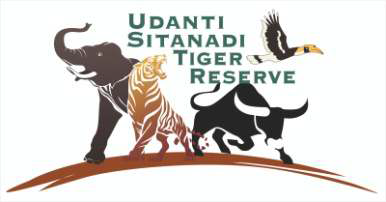Introduction:
In response to increasing incidents of human-elephant conflict and the need for timely information about wild animal movements, a mobile application was developed by Kalpvaig. The app aims to track elephants and other species, provide real-time warnings to nearby residents, and facilitate effective communication between forest officials and the community.
Challenges:
The lack of information on elephant whereabouts resulted in frequent human-elephant conflicts, leading to casualties and escalating tensions. Poaching, wood theft, and other forest crimes were also major concerns. Collaborative efforts were required to address these issues and ensure the safety of both humans and wildlife.
Solution:
Kalpvaig collaborated with Mr. Varun Jain, the Divisional Forest Officer (DFO) of Chattisgarh, to develop a unique solution. A team called “Hathi Mitra Dal” was used to track elephant herds and update their locations in the app. The app automatically sends call, SMS, and WhatsApp warnings to nearby residents, providing them with real-time information and enabling them to take necessary precautions.
Features and Benefits:
- Real-time Animal Tracking: Forest officials can input animal locations and directions, triggering calls and SMS alerts to residents within a radius of 10-20km, ensuring their safety and minimizing human-wildlife conflicts.
- Historical Animal Location Tracking: The app allows rangers to access past animal locations, aiding in evaluating future animal movements and devising appropriate strategies.
- 24/7 Alert/Warning System: Villagers, tourists, and forest officers receive alerts via call, SMS, WhatsApp, or app notifications regarding forest fires and the whereabouts of wild animals in their area, empowering them to make informed decisions and take necessary precautions.
- Incident Reporting: Users can report any incidents, wild animal activities, or damages through the app, enabling swift action by the forest department.
- Multilingual Support: The app is available in multiple languages, ensuring that warnings and information are easily understood by users in their preferred language.
- User Addition & Management: Forest officials can add villagers, tourists, and other relevant individuals to the app, expanding the reach of warnings and enhancing community involvement.
Conclusion:
The Animal Tracker App developed by Kalpvaig, in collaboration with forest officials and Mr. Varun Jain, has successfully addressed the challenges of human-elephant conflicts and forest crimes. By providing real-time information, alerts, and incident reporting capabilities, the app has significantly improved wildlife protection and community safety. This innovative solution serves as a model for effective collaboration between technology, government agencies, and local communities in preserving wildlife and creating harmonious coexistence.
